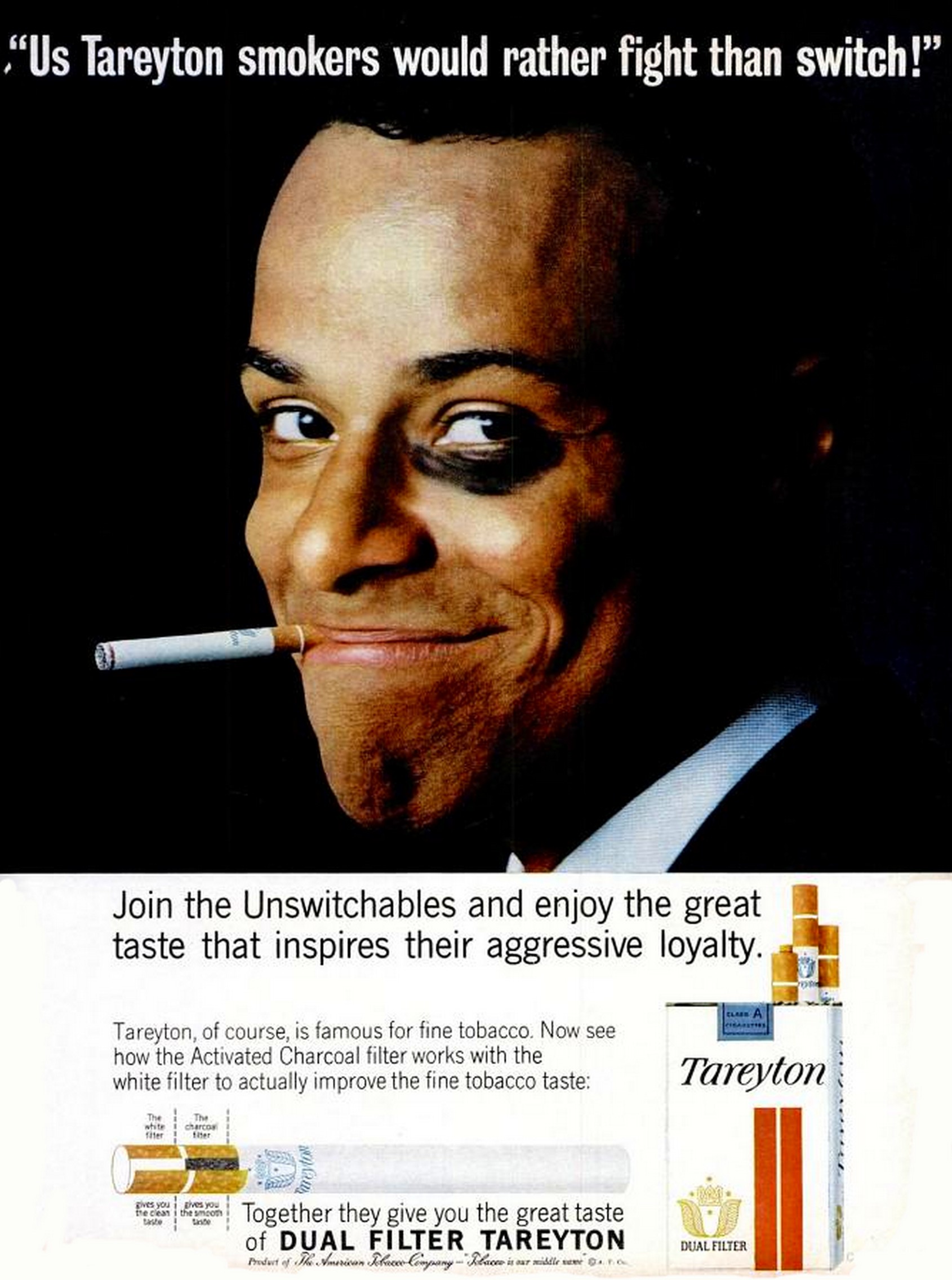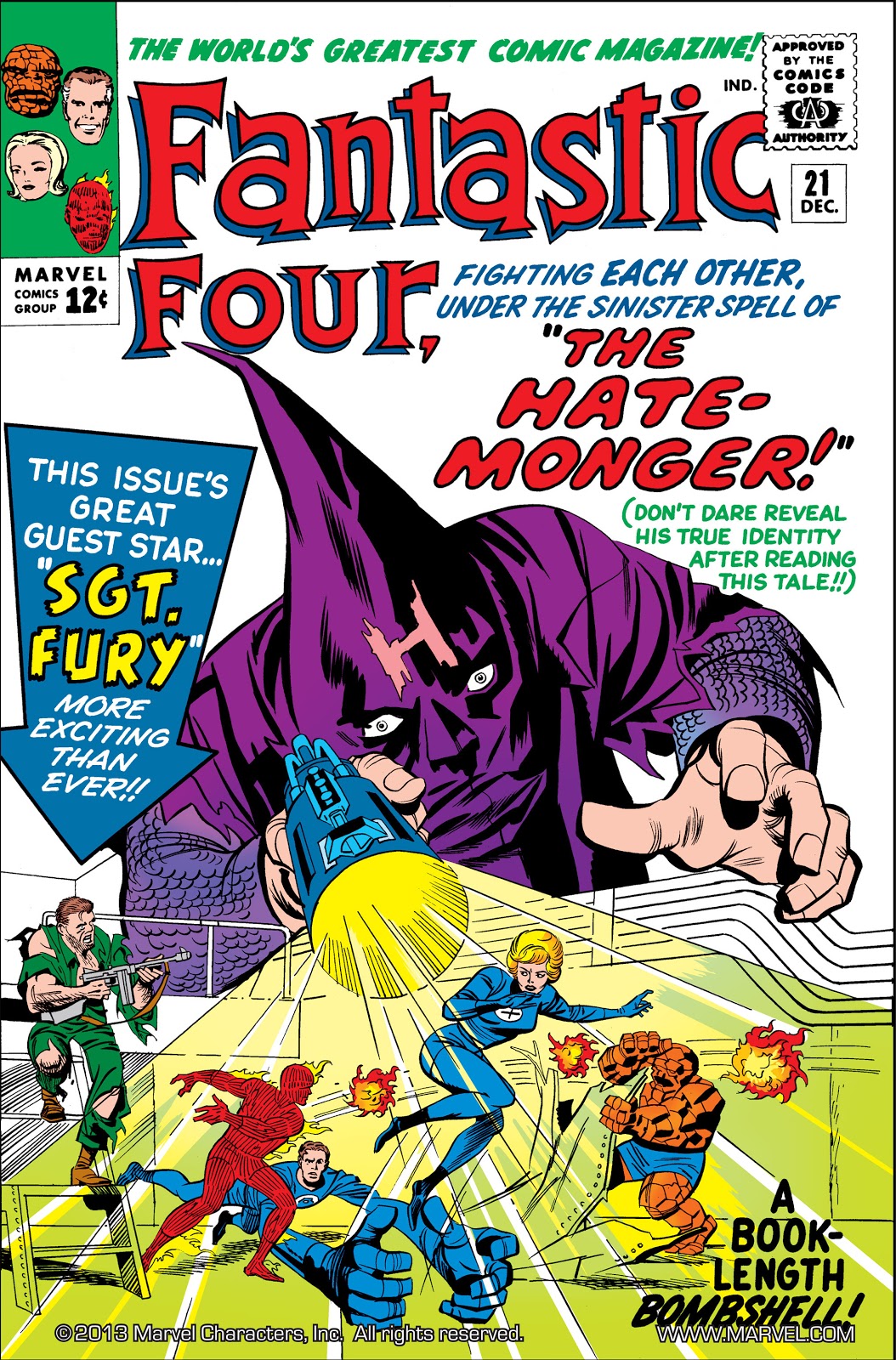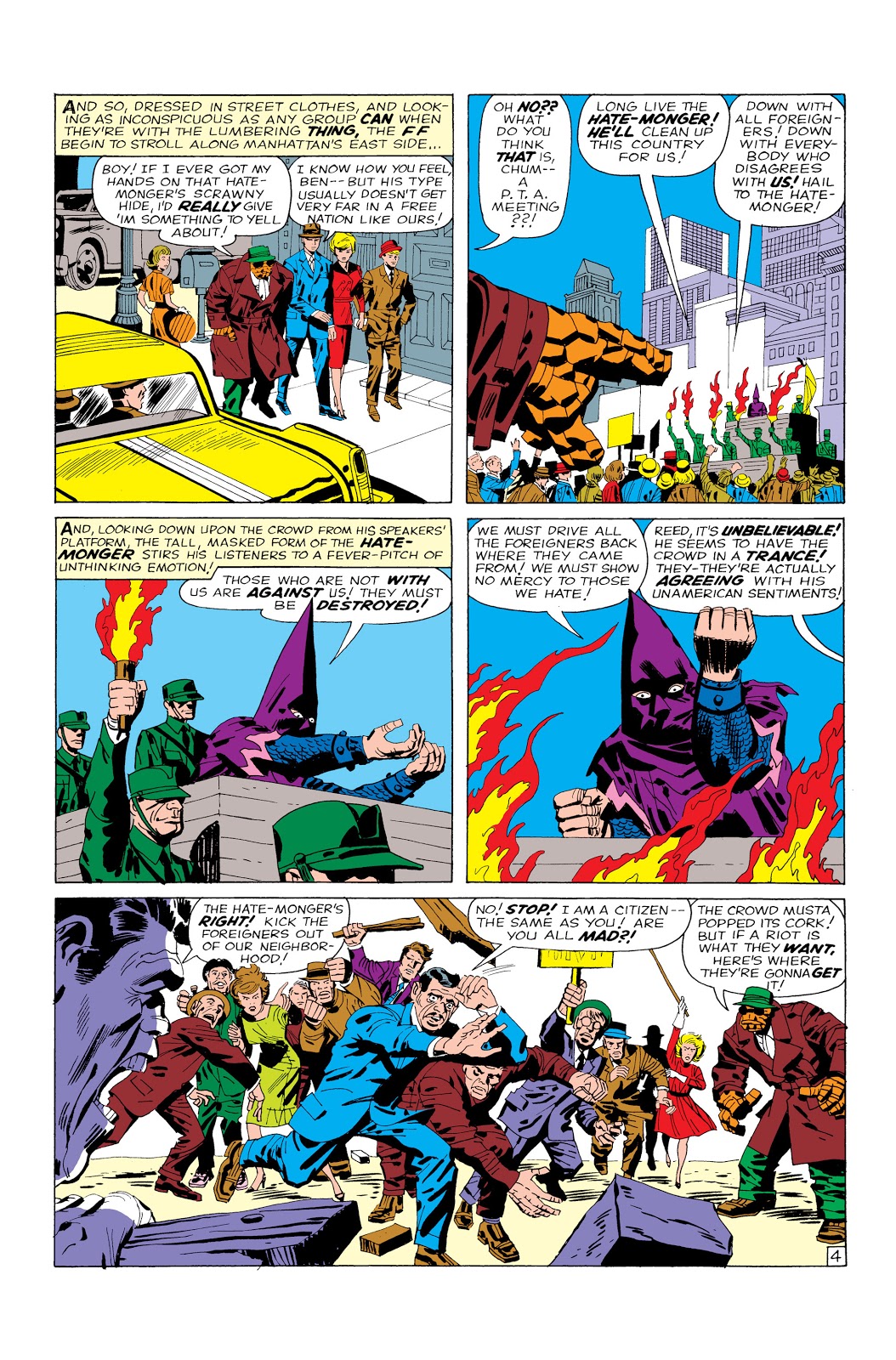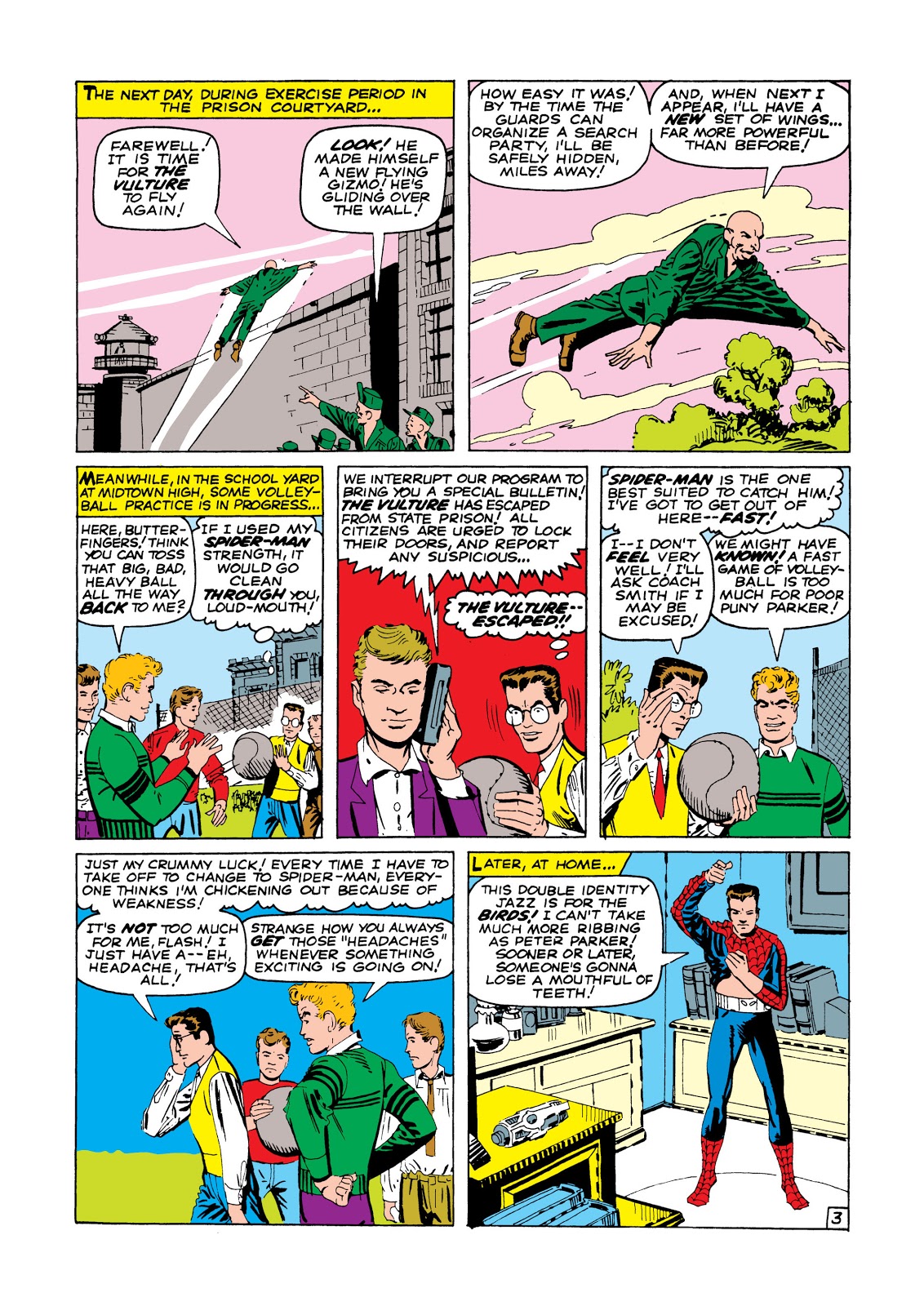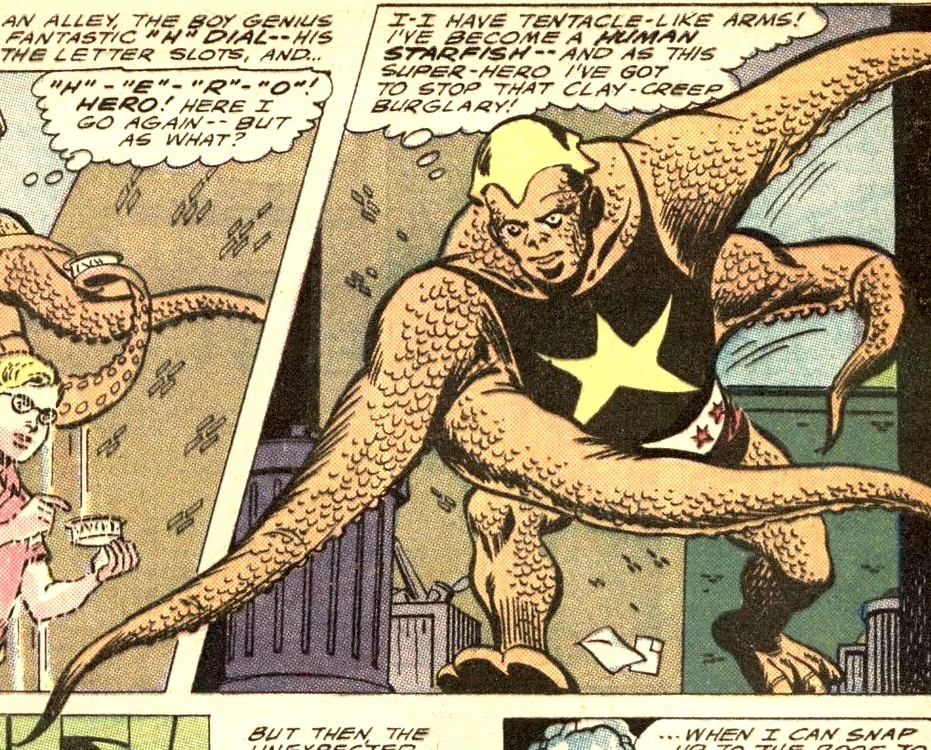[Don't miss your chance to get your copy of Rediscovery: Science Fiction by Women (1958-1963), some of the best science fiction of the Silver Age. If you like the Journey, you'll love this book (and you'll be helping us out, too!) ]

by Jason Sacks
I have some good news for those of you who haven’t been paying close attention to comic books: Batman comics are finally readable!
That’s a major change from the puerile adventures which editor Jack Schiff has been presenting in the pages of Batman and Detective Comics. For all too many years, Schiff and his team of seemingly subpar creators have delivered a never-ending stream of absurdly juvenile tales of the Caped Crusader and his steadfast sidekick. He gave us ridiculous and dumb tales in which Batman gallivanted in outer space, Robin was romantically pursued by the pre-teen Bat-Girl, and the absurdly awful Bat-Mite showed up at random times to add chaos to Batman's life. Even adventures which featured classic Batman villains (such as last fall’s Batman #159, “the Great Clayface-Joker Feud,”) fell far short of even the most basic standards of quality. Great they were not.
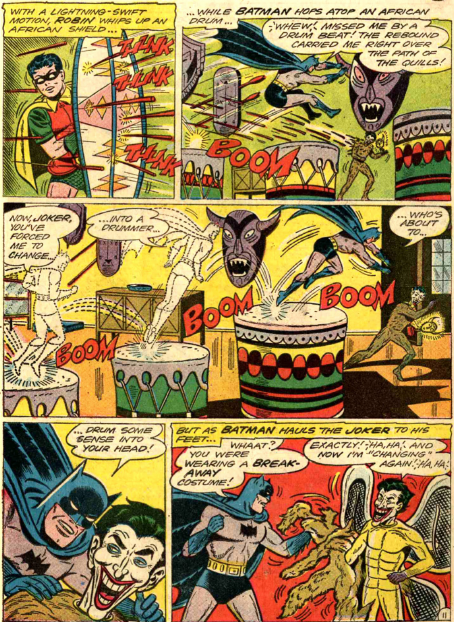
Those stories weren’t just bad. They were embarrassing to see on the newsstand next to better titles from National. Heck, most months even Archie’s idiotic Adventures of the Fly and The Jaguar were better than Schiff's schlock.
Apparently, National Comics agreed with my assessment. And though the ignominious run concluded with perhaps the worst Batman story of the 1960s so far (Detective Comics #326, “Captives of the Alien Zoo”), readers haunting newsstands in March 1964 discovered a brand new look for the Caped Crusader.
In fact, the cover of the very comic professed its newness.
The cover of Detective Comics #327 was a clear statement of freshness. In classy lettering focused behind beneath a slick new logo (logo and caption chosen deliberately, no doubt, to make a clear declaration that the past was prologue), the cover announced Introducing a “New Look” BATMAN and ROBIN in “Mystery of the Menacing Mask. Below those fateful words was a three-panel sequence which ends with Robin demanding, “Batman – your mask – quick! Take it off!” Below that triptych was yet another vignette professing to newness as readers are introduced to a new back-up strip starring popular Flash supporting character The Elongated Man.
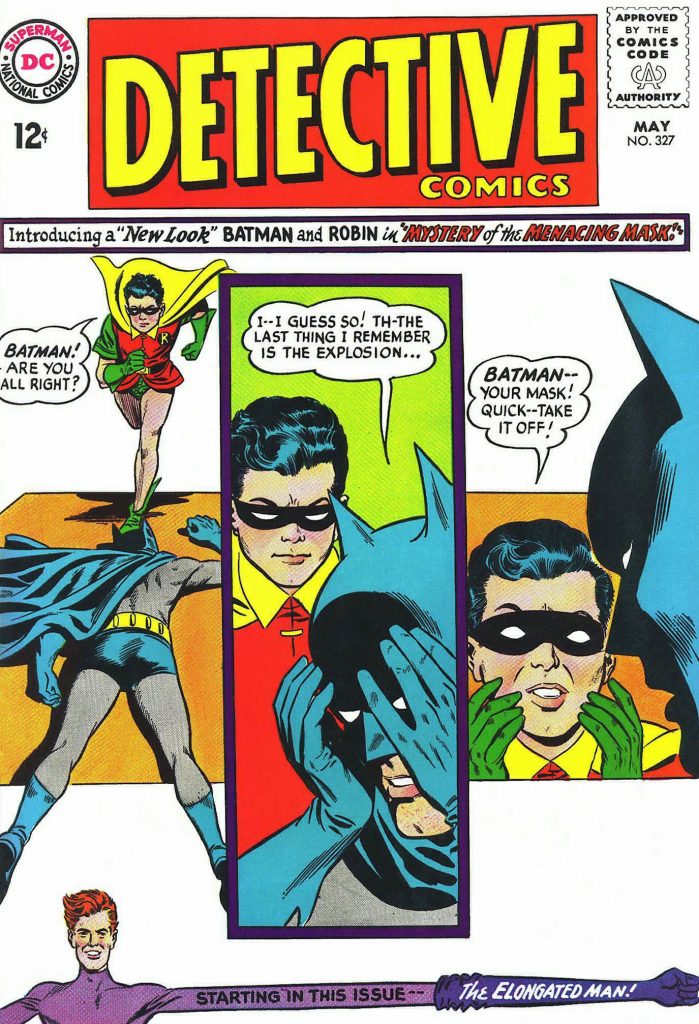
In one bright, bold statement, readers were informed that Batman had left the alien zoo behind, hopefully forever.
And in fact, the connection to Flash was right on target: the new team included Flash editor Julius Schwartz, artist Carmine Infantino and (as revealed on the letters page) writer John Broome. It should be no surprise I love this new run since Flash is consistently my favorite title from National Comics. And though Broome and Infantino have only delivered three of the twelve "new look" stories thus far in both Detective and Batman, each subsequent issue has delivered a stepped-up level of thrills and excitement — as well as (as promised) a new look for Batman.
First and foremost, the artwork has improved. Infantino is perhaps the finest cartoonist working at National today, and every panel in his Batman and the new backup Elongated Man stories show why that is so. And though stories in Batman are still drawn under the "Bob Kane" pen-name, they seem to have taken a step up as the artists seem more inspired by their work.
Maybe the most obvious change illuminated by the artwork is with Batman's chest emblem. Where once the artists would lazily draw a bat on the hero's chest, now they draw it safely ensconced inside a yellow circle which seems to draw attention to the freshness of the new character.
Another major change is perhaps the most shocking. Just one month after the New Look debut, the April-released issue of Detective revealed the death of Batman and Robin's long-time butler Alfred! Yes, Alfred, the faithful friend and companion whose whole life seemed devoted to helping his Master Bruce and Master Dick, was brutally slain when saving the lives of our heroes at the hands of the Tri-State Gang. And what's more, there's no sign thus far that the faithful servant will return. He will remain an outsider to this major change.

Bruce Wayne created a charity called the Alfred Foundation to memorialize his friend; hopefully that Foundation will also act as a springboard for new storylines as this run proceeds. In place of Alfred, Bruce's Aunt Harriet has moved into stately Wayne Manor to take care of the boys. We will see if she starts to take on a Lois Lane approach to her charges and begins to suspect their second lives.
Maybe a fateful phone call will kick off that suspicion. The Gotham City Police installed a hotline at Wayne Manor, another change which will bring our hero closer to the action. If a hotline works for Presidents Johnson and Khrushchev, it should work for Commissioner Gordon and Batman.
As Batman becomes more connected to Gotham City, he also becomes more connected to his roots as a detective rather than space explorer or battler of corny villains. July's Detective featured a tale called "Mystery of the Mixed-Up Men," pairing Elongated Man with Batman and Robin for a delightful tale of changed faces, confused identity and strange jewel thieves. Similarly, September's Batman #167 is a tale seemingly inspired by James Bond involving Interpol agents, a world-spanning plot, and a core mystery which kept me guessing as to its resolution.
With all these changes, it should be no surprise my fellow fans are over the moon. I just received a fanzine by someone with the improbable name Biljo White called Batmania which enthusiastically endorses the new editorial direction Mr. Schwartz has introduced. Look below for the thrilling cover to his first issue.
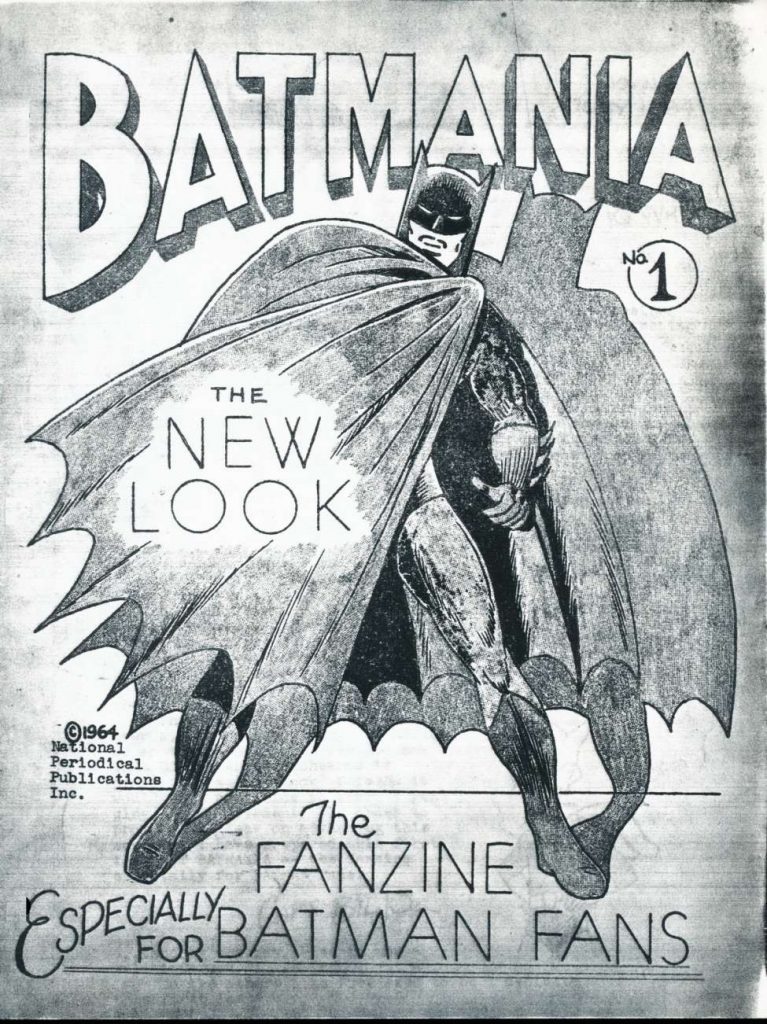
As well, according to the letters pages (another long-overdue change Schwartz introduced to these comics) fan response has been over the moon on these changes.
As for me, I am also ecstatic about these changes. Finally National has turned around their most moribund character and given him new life. It's as if the New York Mets somehow won the World Series by the end of the decade!
[Come join us at Portal 55, Galactic Journey's real-time lounge! Talk about your favorite SFF, chat with the Traveler and co., relax, sit a spell…]

![[October 22, 1964] Introducing a "New Look" for Batman](https://galacticjourney.org/wp-content/uploads/2019/10/batman-cover-672x372.jpg)


![[March 7, 1964] Look both ways (Marvel and National Comics round-up)](https://galacticjourney.org/wp-content/uploads/2019/02/640301dd-672x372.jpg)


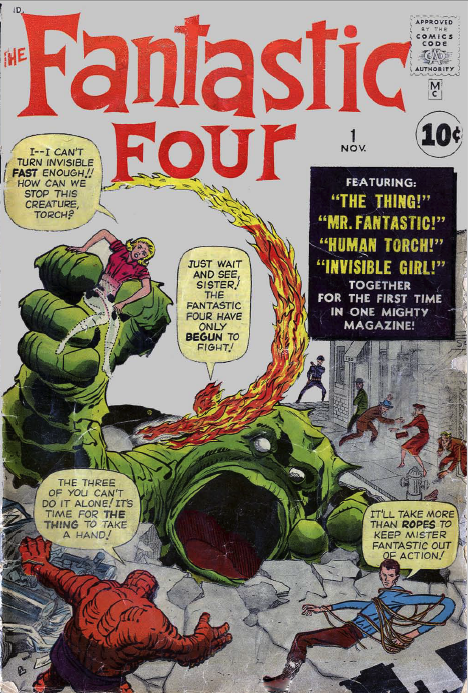

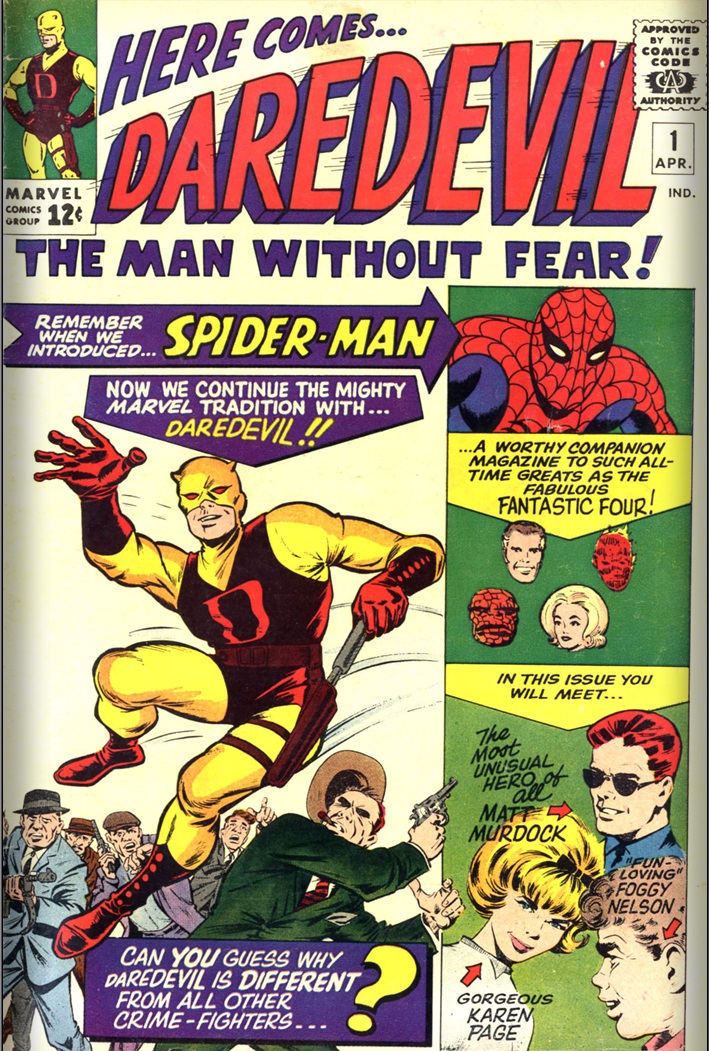

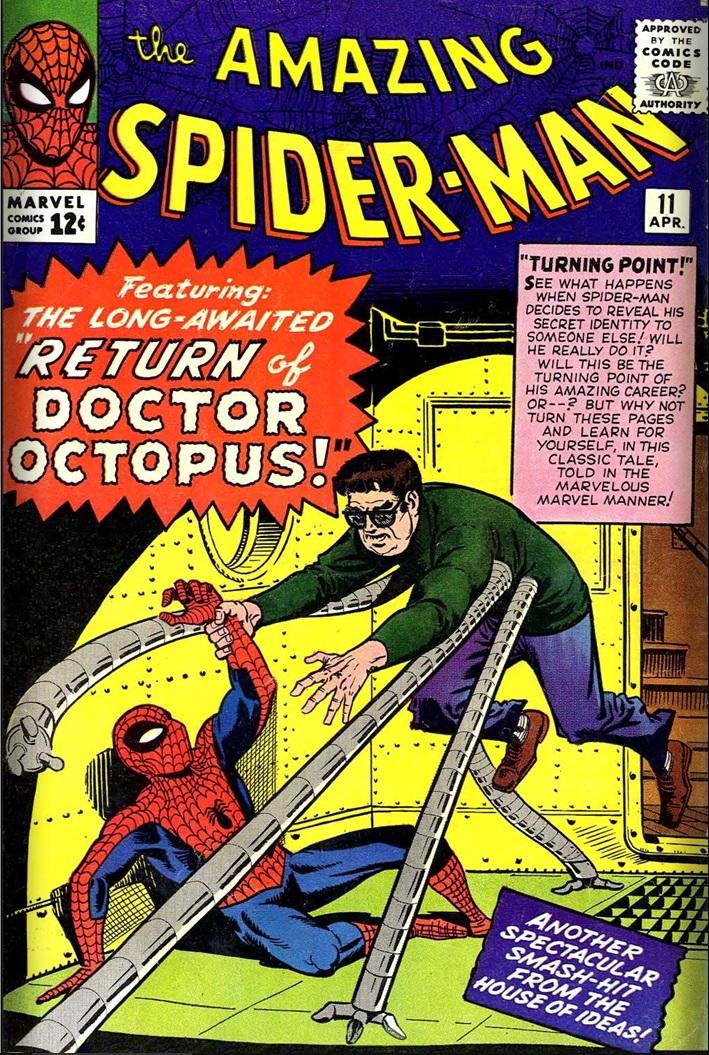


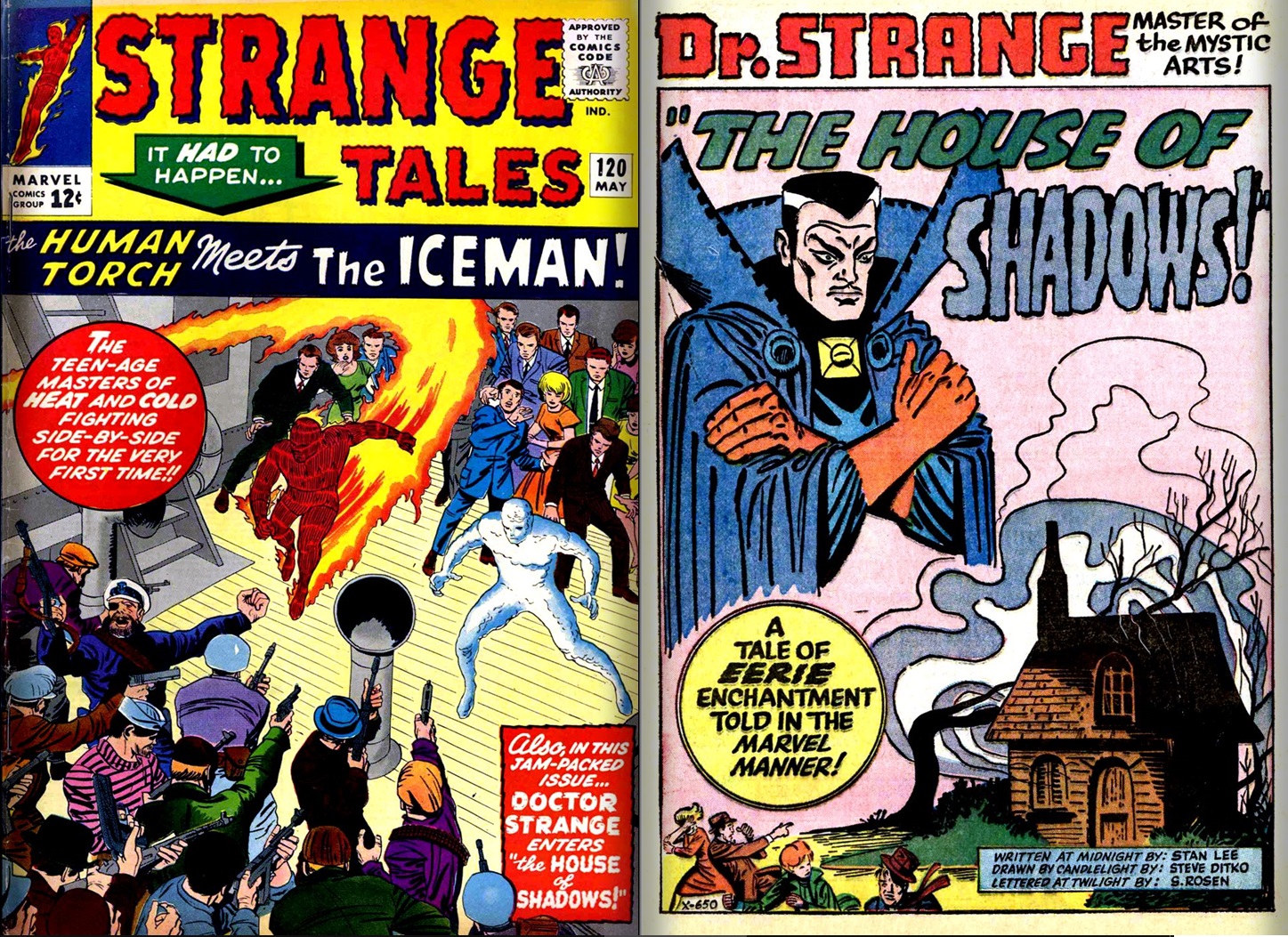
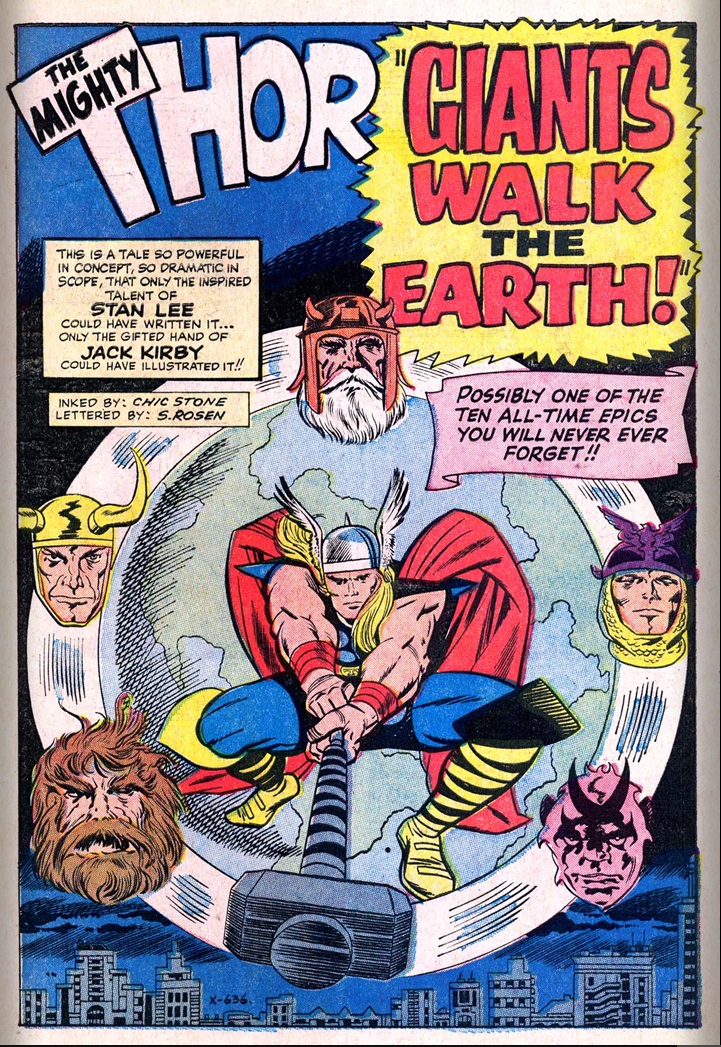

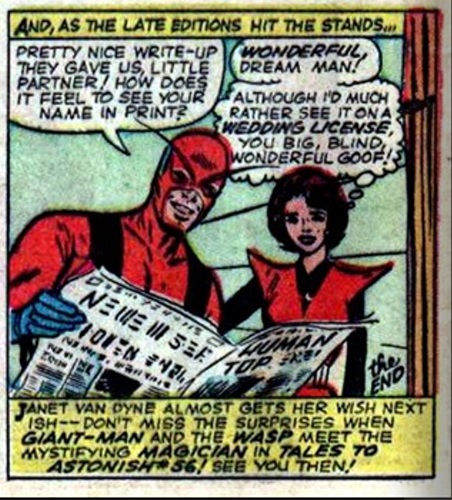

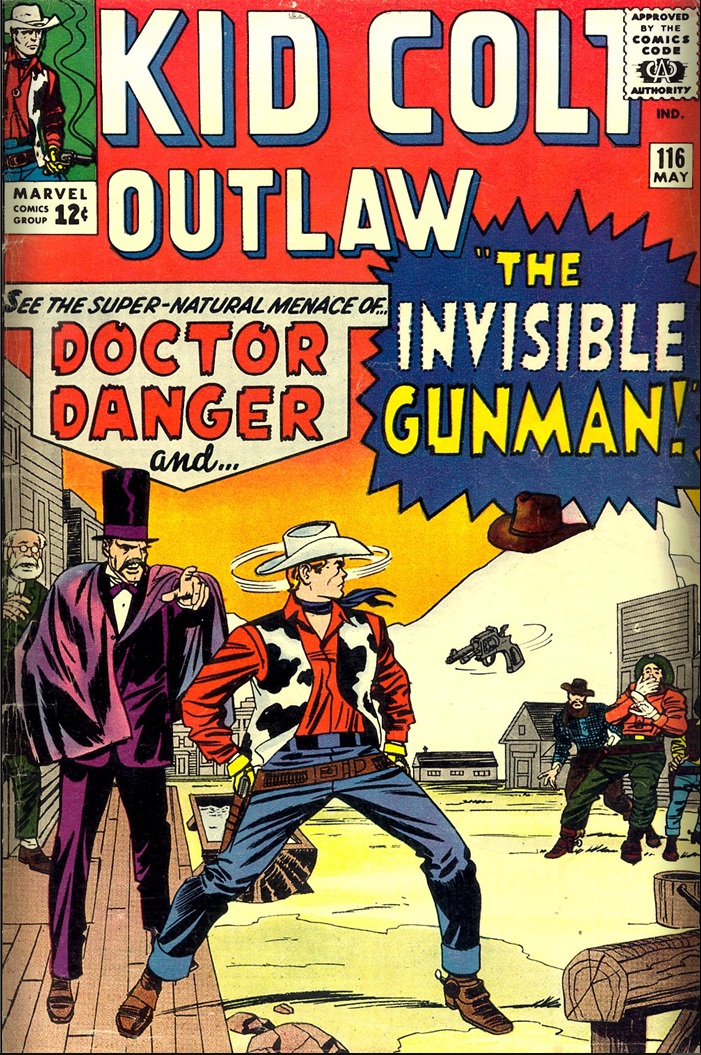
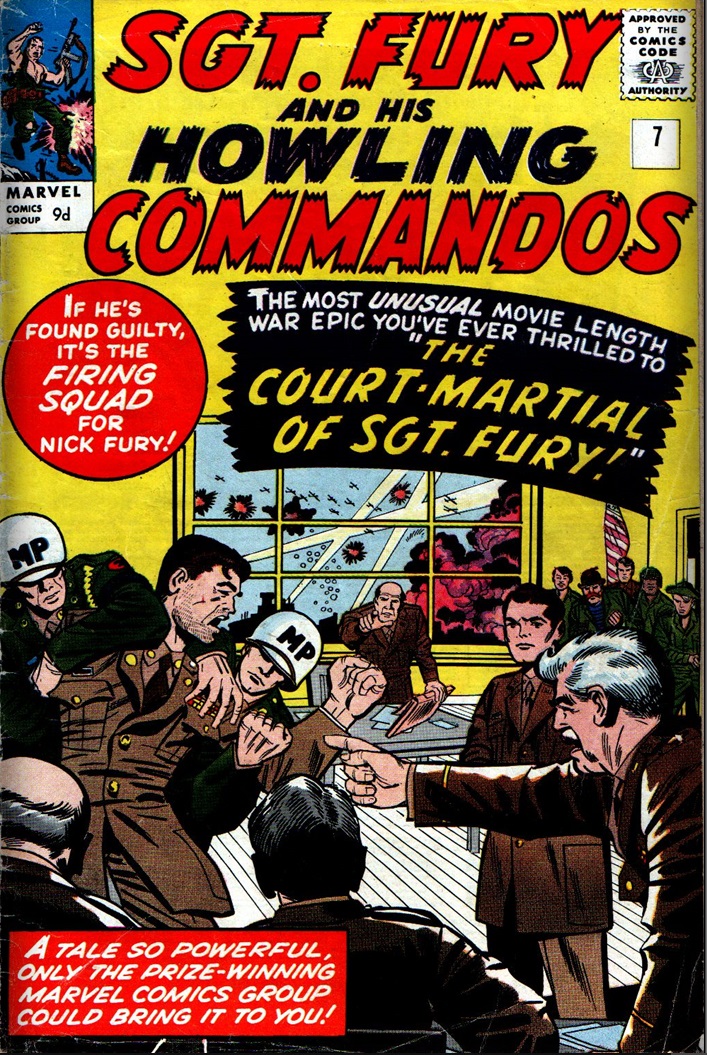


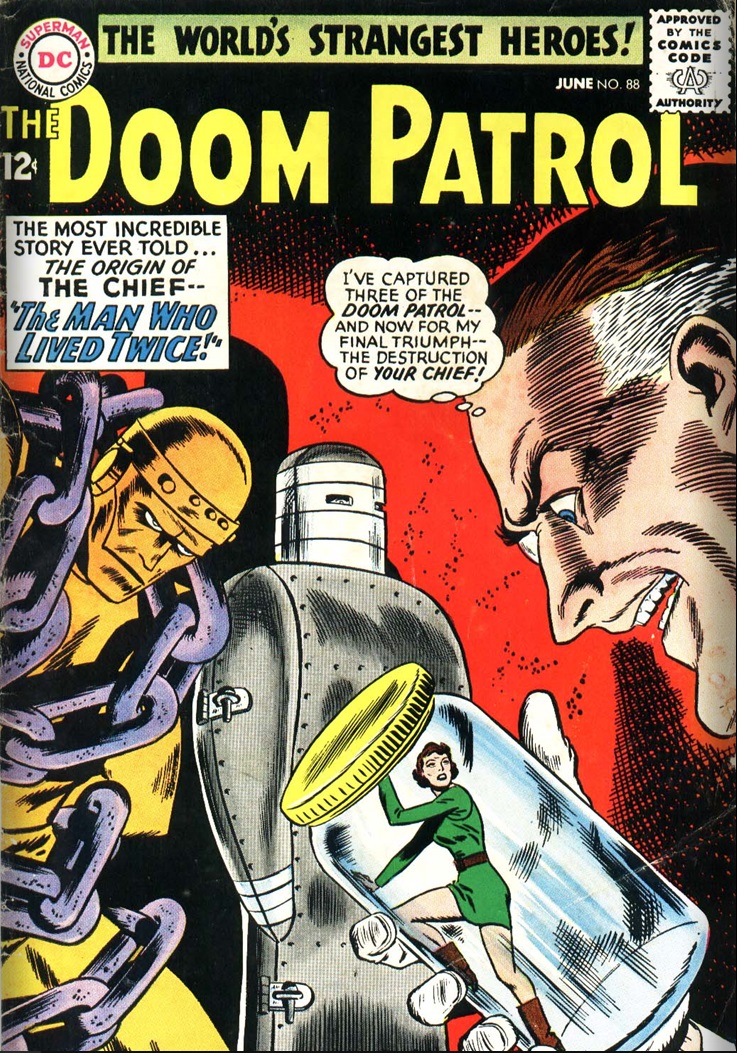


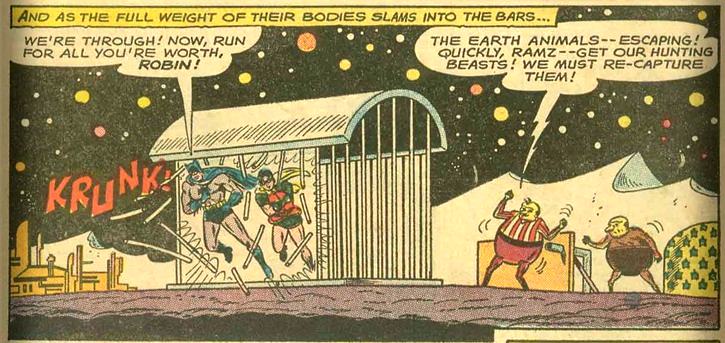

![[September 11, 1963] Has Marvel Comics become Mighty?](https://galacticjourney.org/wp-content/uploads/2018/09/630911ff21-cover-672x372.jpg)
